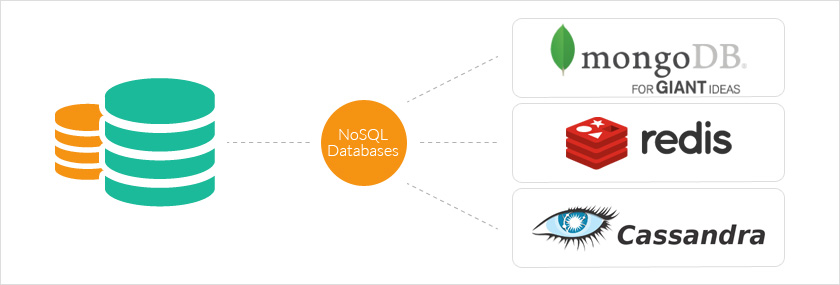Top NoSQL Databases
- Category: Database
- Author: Admin
- Publisher:
Psychz Networks
- October 23,2015

The growing popularity of scalable, non-relational NoSQL databases, coupled with the rapid growth in the amount of data produced by companies, governments and organizations, has created a new challenge for IT departments and executives: figuring out the right NoSQL platform to use. The good news is that a number of quality open-source options have been released over the last few years, so we’re past the period of having to use relatively-untested databases without sufficient support from developers or user communities.
Here is our look at the top NoSQL databases currently available.
There are a number of reasons why MongoDB is the most popular NoSQL database worldwide. Two of the biggest are that it offers superior performance when handling large volumes of data, and it is very easy to use so it can be bootstrapped without requiring a dedicated database administrator. MongoDB has native support for JSON, and is impressive when it comes to the programming languages that it supports, including those not supported by most competitors like Groovy, Clojure and Scala. There are more attractive features as well; for example, MongoDB still uses some of the familiar features of SQL like index and query, so you can still perform functions such as indexing any field in a document. It also is outstanding at providing availability of replica sets, and has concurrency control ensuring that older data remains available and consistent. In short, it’s robust, flexible and the best choice for most users.
If speed is your most important consideration, Redis is worth a long look. It has only been available for a few years, but is already considered the fastest datastore by many industry experts. That’s because Redis stores all data in RAM to make it available instantly, while writing an append-only file as the dataset being held in memory is being modified and dumped to disk every two seconds – a much faster approach than writing every change to the disk individually. This feature is why Redis is a top choice for applications like real-time analytics, instant messaging, queuing and geosearch. The platform also supports master-slave replication which can be a big plus when it comes to scalability and redundancy.
Even though Cassandra was created by Facebook (and is also used by Twitter), you shouldn’t immediately write it off as a database which wouldn’t be applicable to your business. It’s a nice blend of the familiarity of SQL with the advantages of NoSQL, since it uses a user-friendly CQL interface which is similar to SQL, and is a mix of a column-based database and key-value store. That gives it a familiar look while still being extremely scalable and able to handle massive amounts of data quickly (particularly when writing data), the latter two attributes explaining why it is so effective when used by social media platforms. There are also tunable consistency settings. Cassandra has found widespread acceptance in the finance and banking industries and is also popular for web analytics and measurements.